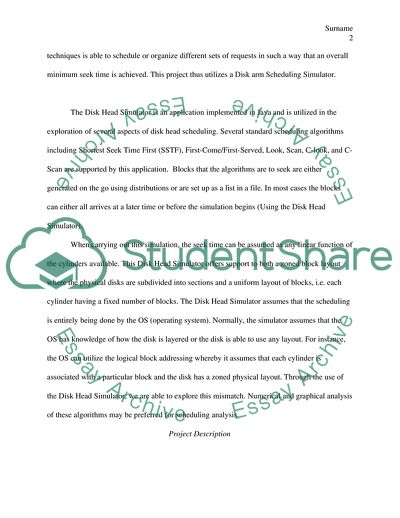Cite this document
(Using the Disk Head Simulator Report Example | Topics and Well Written Essays - 2250 words, n.d.)
Using the Disk Head Simulator Report Example | Topics and Well Written Essays - 2250 words. https://studentshare.org/logic-programming/1770096-using-the-disk-head-simulator
Using the Disk Head Simulator Report Example | Topics and Well Written Essays - 2250 words. https://studentshare.org/logic-programming/1770096-using-the-disk-head-simulator
(Using the Disk Head Simulator Report Example | Topics and Well Written Essays - 2250 Words)
Using the Disk Head Simulator Report Example | Topics and Well Written Essays - 2250 Words. https://studentshare.org/logic-programming/1770096-using-the-disk-head-simulator.
Using the Disk Head Simulator Report Example | Topics and Well Written Essays - 2250 Words. https://studentshare.org/logic-programming/1770096-using-the-disk-head-simulator.
“Using the Disk Head Simulator Report Example | Topics and Well Written Essays - 2250 Words”. https://studentshare.org/logic-programming/1770096-using-the-disk-head-simulator.


